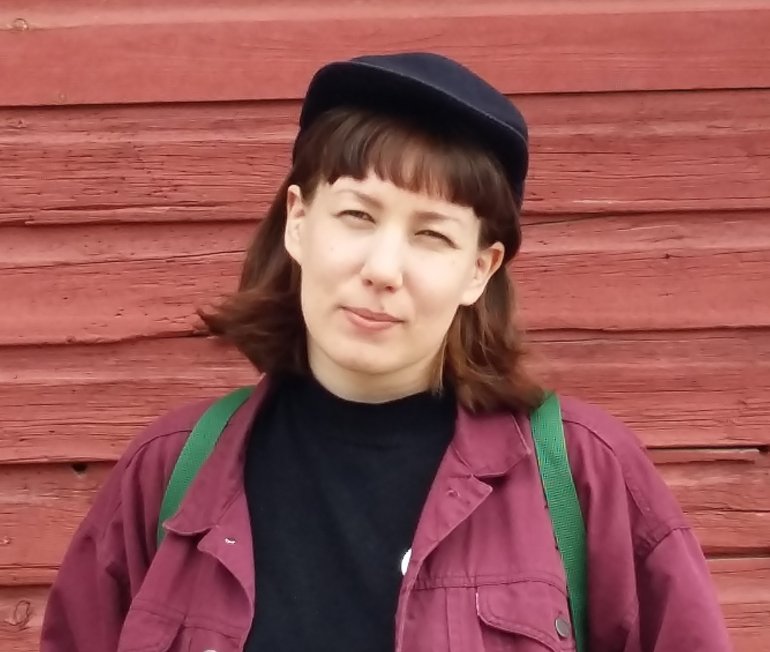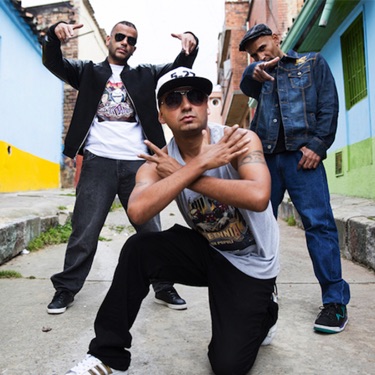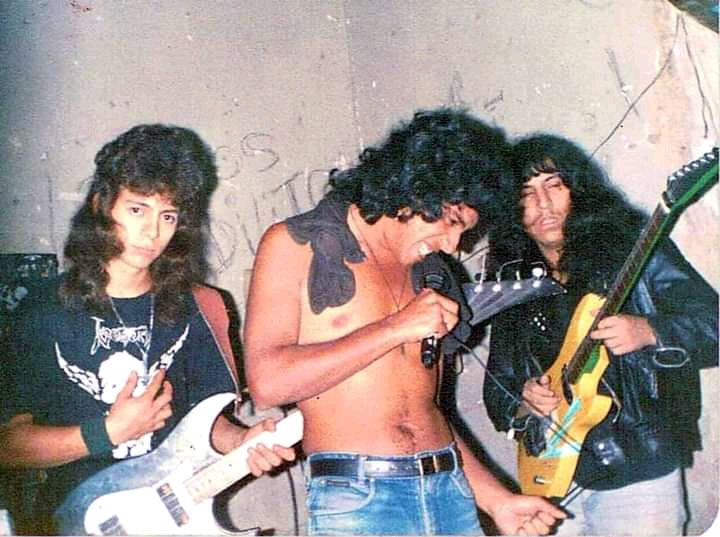continental drift 9/28/22: niger
 Drift is coming to you this week from Niger! Find the playlist here, and listen to a recording of the episode here.
Drift is coming to you this week from Niger! Find the playlist here, and listen to a recording of the episode here.
Niger is a landlocked country in West Africa that is 80% Saharan desert by area. As a result, most people of the country live in the southern area, clustered in rural towns. The state of Niger was formed from four distinct cultural zones: in the southwest, the Niger River valley was dominated by the Zarma and Songhai people, in the south, Hausaland, in the east, the Lake Chad Basin and the Kanuri farmers/Toubou pastoralists, and the Taureg nomads of the Aïr mountains and the Sahara.
Tende is a music form of the Taureg and Zarma people of the Saharan region. Tende is named from a drum built from a goat skin stretched across a mortar and pestle. It is dominated by women, and is performed collectively, built from elements including vocals, handclaps, and percussion. Tende is performed by young girls in nomad camps during celebrations and “to pass the time during the late nights of the rainy season.” The next song is an example of Tende as performed by girls of the Zarma people. The song is featured on a compilation called ‘Folk Music of the Sahel,” which is a collection of field recordings collected by Hisham Mayet between 2004 and 2014.
Tende segment:
Young Girl Night Village Dance – Zarma
The guitar is a more recent addition to Nigerien music, but has proved to be an important one. In the 1970s young Tuareg men living in exile in Libya and Algeria started picking up the guitar. Because they didn’t have any female vocalists to perform tende, they began to play the guitar to mimic this sound. They replaced water drums with plastic jerrycans and substituted a guitar for the vocal call and response. The exiled eventually traveled home and brought the guitar music with them. In time, the taureg sound, as it’s now called, began to eclipse tende in popularity. If tende is a music that has always been sung by woman, the Tuareg guitar was its gendered counterpart, and Tuareg guitar music is a male dominated scene.
Taureg segment:
Takamba // Almouner Ayouba and Mohamed Yaseen
Chismeten // Mdou Moctar
 Fatou Seidi Ghali, lead vocalist and performer of Les Filles de Illighadad is one of the only Tuareg female guitarists in Niger, and is widely regarded as the first. She learned as a child when she “snuck away with brother’s guitar.” With Les Filles, she combines taureg guitar elements with the music of tende. Instead of using the more popular djembe drums or drum kits as seen in modern taureg music, Les filles use the traditional drum and calabash, which is played while half buried in water. They are reclaiming the music of tende, “the forgotten inspiration” of taureg.
Fatou Seidi Ghali, lead vocalist and performer of Les Filles de Illighadad is one of the only Tuareg female guitarists in Niger, and is widely regarded as the first. She learned as a child when she “snuck away with brother’s guitar.” With Les Filles, she combines taureg guitar elements with the music of tende. Instead of using the more popular djembe drums or drum kits as seen in modern taureg music, Les filles use the traditional drum and calabash, which is played while half buried in water. They are reclaiming the music of tende, “the forgotten inspiration” of taureg.
Les filles de Illighadad:
Imigradan // Les Filles de Illighadad
Mamman Sani was a legend of both avant garde music and Nigerien music as a whole. He only recorded one album, in 1978, when he went into the studio of National Radio “with his organ.” The minister of culture has coordinated this album as a limited series of cassettes showcasing the modern music of niger. However, it didn’t go as planned, and only a handful of cassettes were released, making this a highly sought after album. “Salamatu” is “a deeply personal love letter to an unrequited romance.”
Popular music segment:
Mon amour // Etran de l’air
Zoy Zoy // Tal National
Salamatu // Mamman Sani
Je te suivrai // Safiath and Dicko Fils
La famille // Mamar Kassey
 Radio is very important in Niger, as TVs are outside of the purchasing power of many residents, and low literacy makes print media limited in scope.
Radio is very important in Niger, as TVs are outside of the purchasing power of many residents, and low literacy makes print media limited in scope.
The country’s first station, Radio Niger, went on the air in 1958 and was renamed Voix du Sahel in 1974. In 1979, the government established the Broadcasting Corporation of Niger State (BCNS).
I was able to find this clip of Radio Niger from a compilation of radio segments (2005-2007) released by Sublime Frequencies. The compilation showcases the art of radio in Niger, calling it an “outlaw radio, broadcast with freedom and spontaneity, and bathed in an arid fidelity that reveals the region’s character and landscape.”
Nigerien DJs bring an improvisational element to local radio: singing along with tracks live on air; creating live multichannel compositions and avant-collage cutups; and generally preserving the human element that has “long since disappeared from corporate western radio.” (not WREK, hopefully).
Radio segment:
Agadez Fatimata
To close us out, here’s an example of “Rap Nigerien.”
Rap Nigerien sample:
Puissance // High Man, Yannick Tchaou
Thanks for tuning in!

 Come join me on drift’s first trip to the global north (under this captain, anyway). Today we explore the music of Finland: from classical to heavy metal and the traditional music along the way. Find the playlist
Come join me on drift’s first trip to the global north (under this captain, anyway). Today we explore the music of Finland: from classical to heavy metal and the traditional music along the way. Find the playlist  Indie segment:
Indie segment:
 Hip Hop/rap de aca segment:
Hip Hop/rap de aca segment: today we are catching the drift in new zealand (playlist
today we are catching the drift in new zealand (playlist  The Beths are a modern indie band from Auckland, NZ. The lead singer, Beth Stokes,
The Beths are a modern indie band from Auckland, NZ. The lead singer, Beth Stokes,  today we’re drifting in peru !!! peru, located on the west coast of south america, is the 43rd most populated country in the world. playlist
today we’re drifting in peru !!! peru, located on the west coast of south america, is the 43rd most populated country in the world. playlist  branded rock music as an “alienating phenomenon,” and as a result many concerts were cancelled, radio stations stopped playing rock, and labels stopped promoting in peru. nevertheless, rock persisted, albeit in an underground sense. underground rock still has a strong culture in peru, especially lima.
branded rock music as an “alienating phenomenon,” and as a result many concerts were cancelled, radio stations stopped playing rock, and labels stopped promoting in peru. nevertheless, rock persisted, albeit in an underground sense. underground rock still has a strong culture in peru, especially lima.